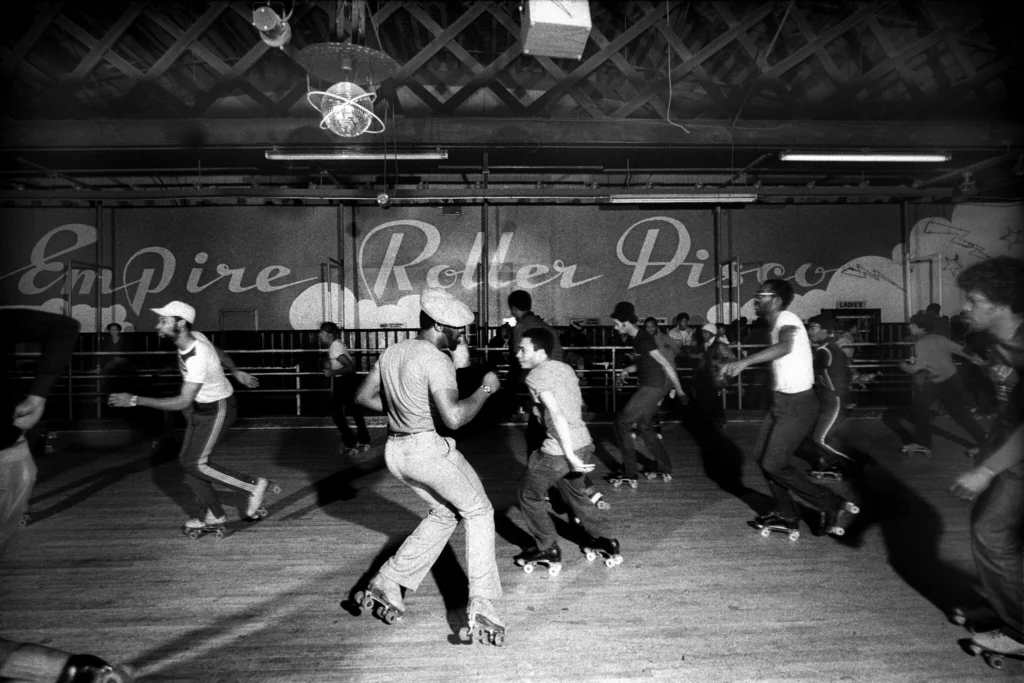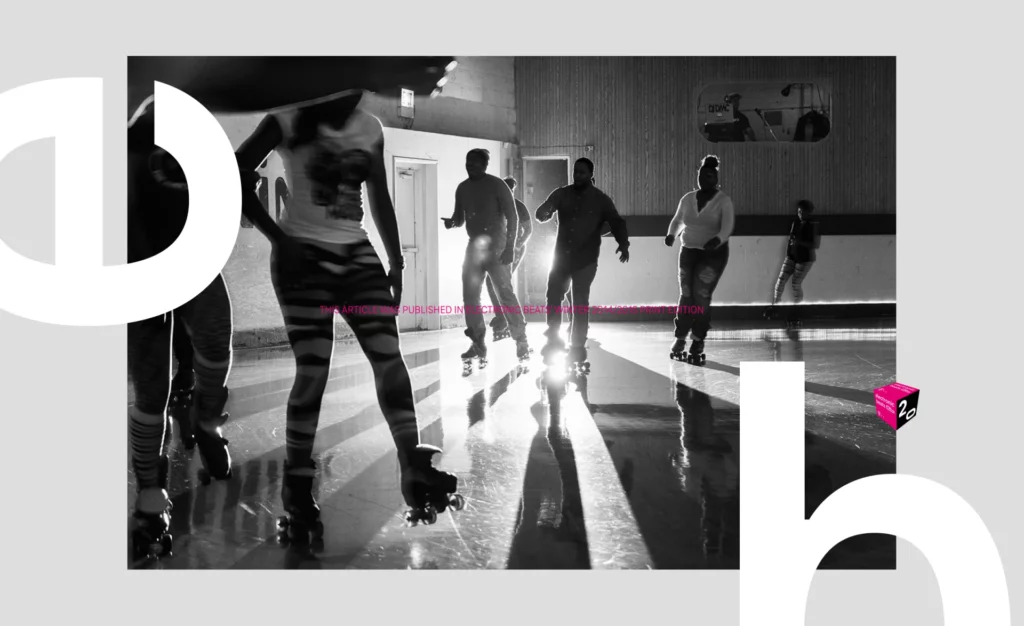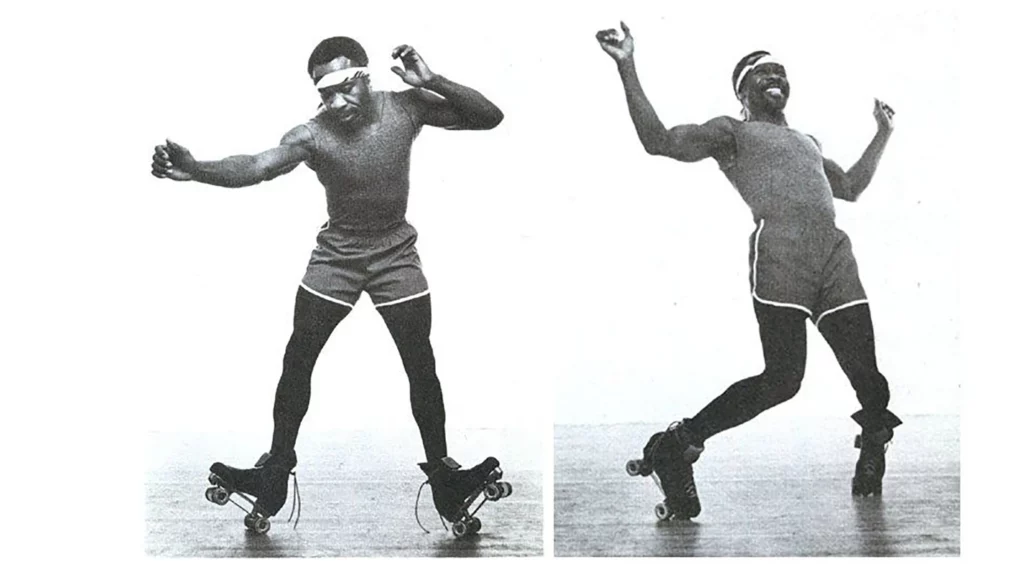Rhythm Skating’s Influence on American Style is Staggering
To learn the history of rhythm skating is to discover that this vibrant art and culture transformer actually shaped current day American style. Without skating culture-music, fashion, dance, and even politics, would not be what they are today.
While roller skating has been popular in the United States since the 1930s, African Americans have had a unique experience with the sport due to historical racial segregation and the emergence of a distinct skating culture. In the early days of roller skating, Black skaters faced discrimination and were often excluded from attending mainstream roller rinks. In response, they began to establish their own roller rinks, which became important social hubs for the Black community. These spaces provided a safe environment to enjoy roller skating, socialize, and express themselves.
Even as racial segregation began to ease in the 1960s, many roller rinks still enforced discriminatory policies. Some venues held “Colored Nights” or “Adults Only” nights specifically for African American patrons. While these events were still restrictive, they allowed the Black community to develop a distinct roller-skating style and culture.
“Style skating—a skate-dancing style that has splintered into hundreds of regional variants—got its start, in a roundabout way, in Detroit. Bill Butler started skating in 1945 at the Arcadia Ballroom on Woodward Avenue in Detroit on the one night black people were allowed in. ” – Soul on Wheels. Rhythm Skating and Style Skating are two terms used to describe this art form. There is some debate as to which is the most appropriate title. For now, we’ll use them both interchangeably.
As Black skaters continued to carve out spaces for themselves within the roller-skating scene, they developed a unique style characterized by dance moves, rhythm, and individuality. Skaters would often incorporate elements of popular dances into their routines and this fusion of dance and roller skating created a vibrant and expressive subculture.
Music played a crucial role in the development of Rhythm roller-skating. Rinks would often play funk, soul, and R&B music, which provided the perfect backdrop for skaters to showcase their moves. As hip-hop emerged in the 1970s and 1980s, roller rinks became important venues for the genre. This fusion not only shaped the skating culture, but American popular culture in general.
The history of African American roller skating is deeply intertwined with the broader social and cultural history of the United States. Through perseverance and creativity, Black Americans have shaped a unique roller-skating culture that is still celebrated today. It’s not an exaggeration to say that some of the most vibrant parts of our culture can be attributed to the Style Skate community.
These films are a fascinating introduction to Style Skating:
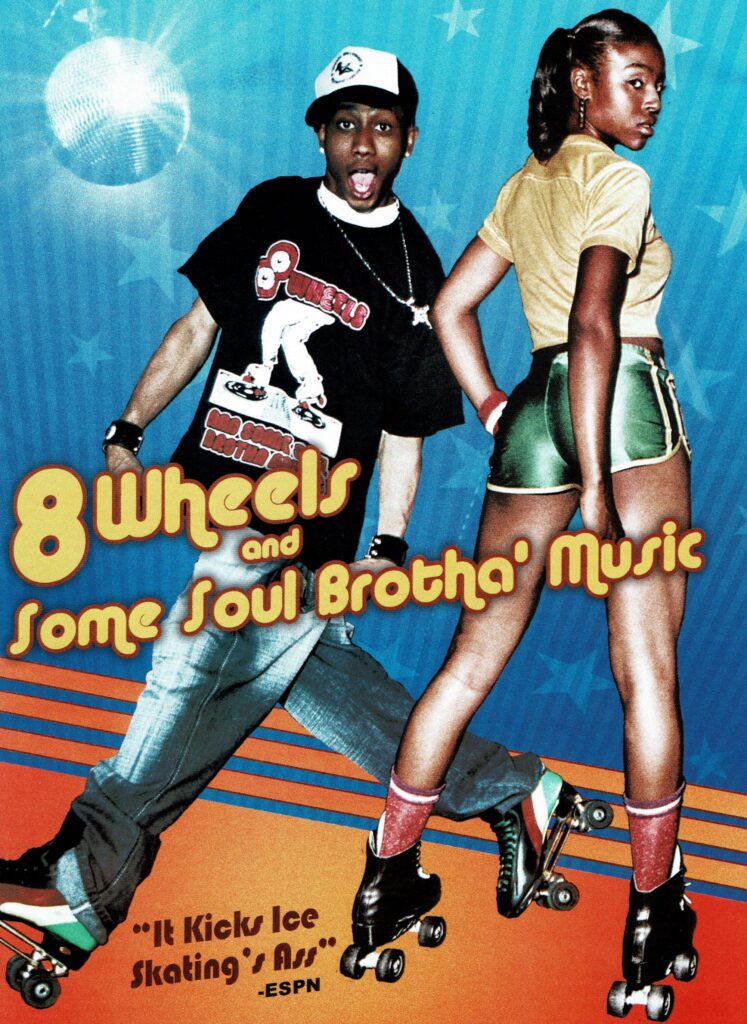
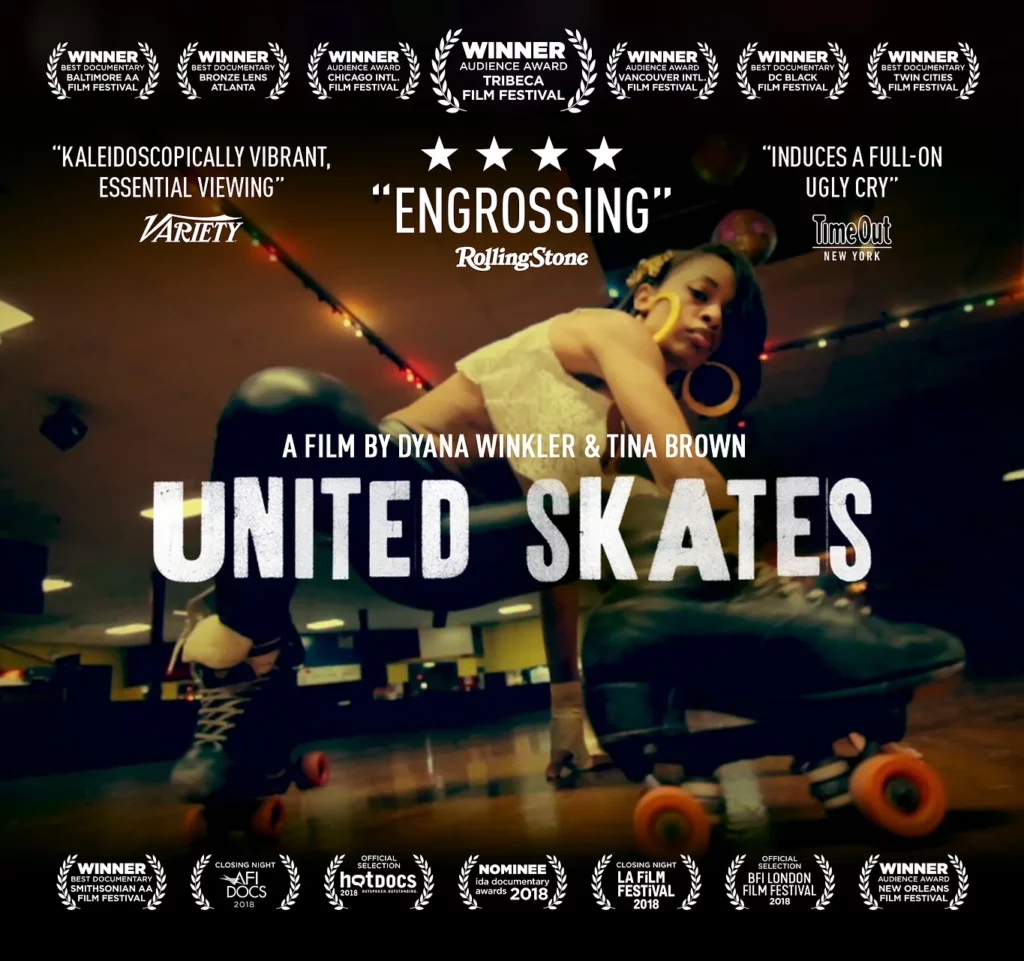
Two of the finest skate articles:
